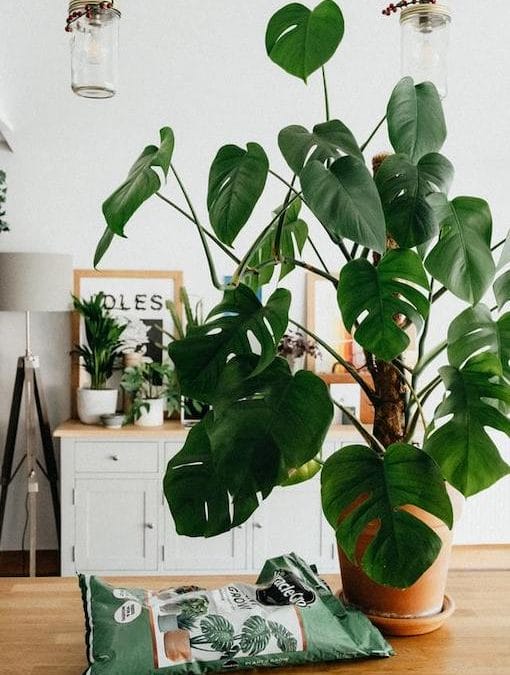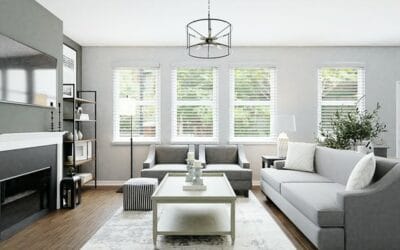Find out how to make your dream plant room to perfectly display, propagate and care for your beloved botanical friends.
More often than not a spare room is used as a spare guest bedroom, games room or home office. These days though, there’s a new trend demanding a completely different use of your spare space, and that is the houseplant trend. Houseplants are so popular now as an incredibly rewarding hobby, and they can quickly take over the whole house. The problem is, when your plant hobby gets serious, you long for a dedicated space to work on, and enjoy your plants. For that reason, the spare room is now a prime candidate for a plant room.
If that seems like a great idea to you, follow these 10 easy steps to transforming your spare room into a plant room:
1. Pick A Room
The first thing you need to do is pick the right room for your plants. If you are lucky enough to have a few spare rooms, choose the one with the best light conditions to support the plants you have. Of course, light, water and humidity can all be supplemented but, the more natural light you can get the better.
2. Clear The Room
Now you have picked your room you need to clear it out. Pop everything in your personal self storage unit to speed up the process. Whilst you are there, pick out any furniture you already have in cheap self storage that could be useful in this new room, like cabinets, storage boxes and plant stands.
3. Zone The Room
Zoning your plant room means making a plan for each area, so that the room has functionality. You will want to consider the following areas for your plants:
- Display areas for tall, wide, hanging, spiky and trailing plants
- Comfort areas for you to sit and read and be amongst your plants
- A space for an indoor greenhouse/ grow tent
- Space for grow lights, humidifiers and other equipment
- An area where you keep spare compost, tools and other planty gear
4. Consider Changing The Flooring
You may want to change the flooring of the plant room because humidity can be a real issue for carpets. Instead, a laminate floor could be a good idea and it is also much easier to clean in the case of soil spillages.
5. Utilise Different Furniture For The Room
Use all kinds of furniture in the room to display your plants well. Shelves, for example, are great for trailing plants like string of hearts, philodendrons and Pothos, whereas large wide plants like monstera do really well on individual stands.
6. Decorate The Room
Paint the room in a neutral colour to allow your plants to stand out. If the wallpaper is too busy, or you have too many other patterns going on, you could find the whole aesthetic to be a bit of a headache.
7. Add Comfort
Make sure the room is comfortable for your needs. Cushions, blankets and other soft furnishings can make the space more comfy for regular use.
8. Ventilate
Make sure your plant room is extremely well ventilated. Mould can be a big issue in rooms with lots of plants, which create humidity. Humidifiers of course can add to that moisture. Having good ventilation helps avoid mould and mildew problems.
9. Fill It With Plants
Now for the best bit, filling your room with plants! Will you put all the variegated plants together? Will you trail your long marble queen Pothos along the shelf, or let it hang down? Where will your prize Thai constellation monstera sit? Decisions, decisions, decisions…
10. Enjoy It!
Now your gorgeous plant room is set up, it is time to enjoy it. For somebody who loves plants, it is such a wonderful use of space. Somewhere to propagate, repot, take gorgeous insta-pix and leaf fondle to your heart’s content, it’s quite the planty dream!



